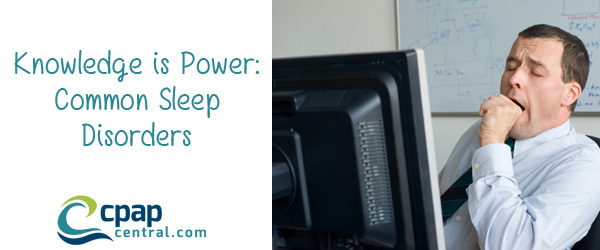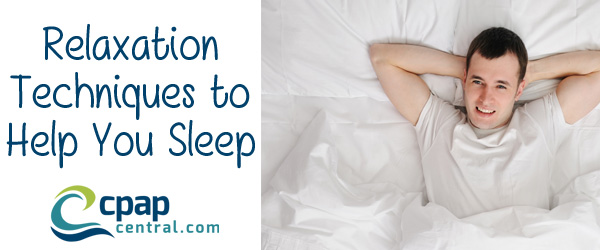September is Healthy Aging Month. At CPAPCentral.com, we know that sleep plays a huge role in your overall health. Getting enough sleep can give you the energy you need to get through the day and improve your body’s overall performance. Sleep becomes even more important as we age, because our bodies naturally lose the energy that was once so abundant with younger age.
Sleep disorders like sleep apnea affect people of all ages, but can have a more profound impact on seniors. In fact, the American Academy of Sleep Medicine recently conducted a study showing that 20 percent of older adults are affected by sleep apnea. There have even been studies showing a possible link between sleep apnea and Alzheimer’s disease. To help seniors with sleep apnea, CPAPCentral.com brings you these management tips.
Know What Symptoms to Look for
While there is no one symptom that automatically indicates sleep apnea, there are signs to watch out for. Chief among these symptoms is snoring, especially snoring that is accompanied by gasping or long periods between breathing. Other symptoms to watch out for include daytime drowsiness, a lethargic attitude, mood changes, and waking up frequently at night.
See a Doctor
No one likes going to the doctor, but if you’re experiencing symptoms associated with a sleep disorder, it’s time to make an appointment. Be honest about your symptoms so your doctor has as much information as possible to make a diagnosis. You may be asked to complete a sleep test, which can be conducted in a lab or at home, to get a more definitive diagnosis.
Embrace CPAP Therapy
Sleep apnea treatment has become much more effective in recent years, thanks in large part to advances made in CPAP therapy, which helps make sure air is passing through your airway while you sleep if you have sleep apnea. CPAP therapy can help relieve the symptoms of sleep apnea and make sure you’re well-rested so you have the energy to do the things you love.
CPAPCentral.com is here for patients of all ages who have been diagnosed with sleep apnea. We offer a wide variety of CPAP machines, CPAP masks and other accessories to make sure your treatment is effective. Contact us to learn more.




